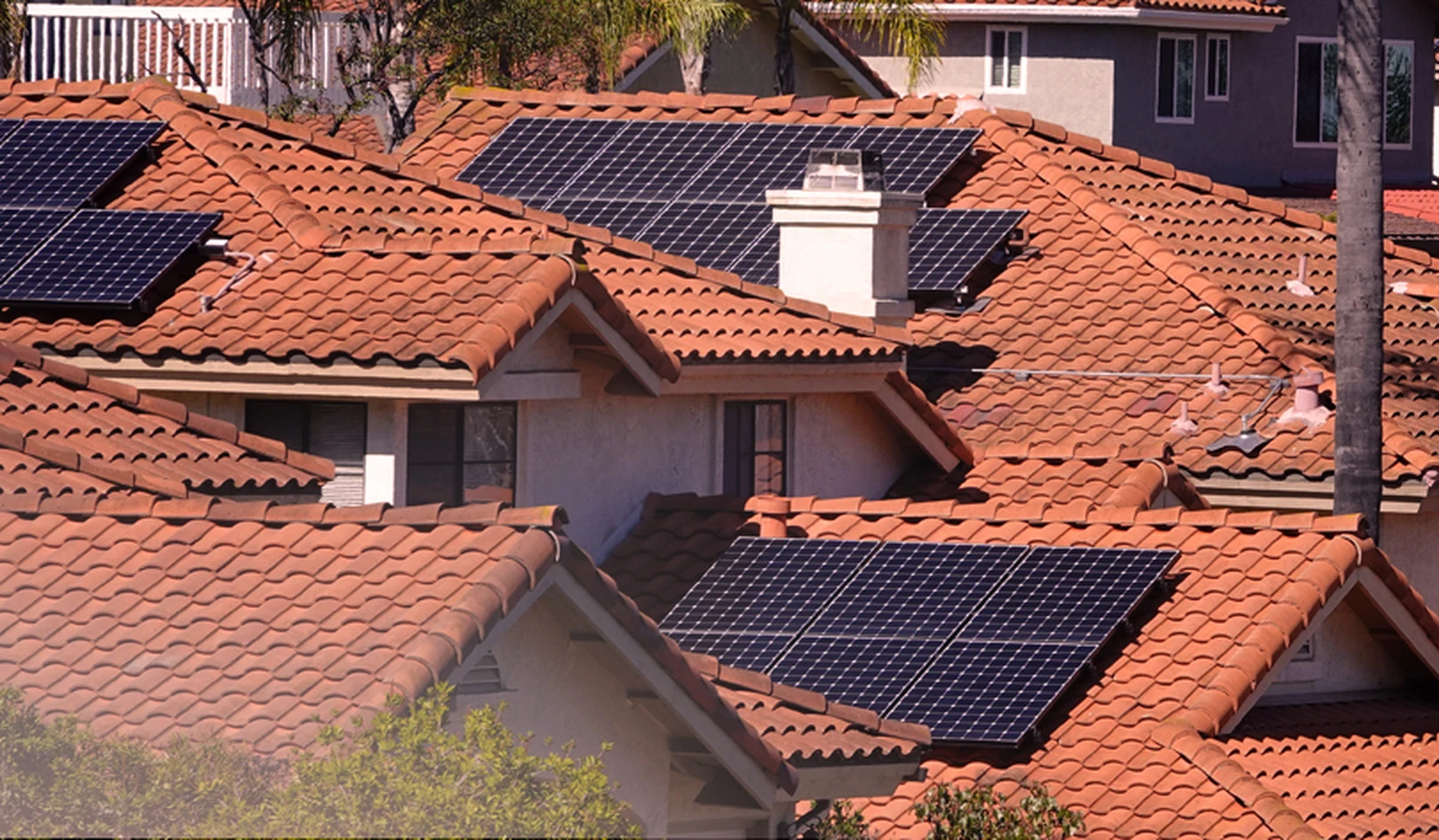Getting city approval to build new homes in California is often a notoriously difficult process. But luckily for homeowners, the permitting process has been significantly streamlined for accessory dwelling units, or ADUs, thanks to recent legislative reforms.
However, the process still remains somewhat complex and time-consuming, and can vary significantly by city. At Revival Homes, we match customers to a network of top design-build general contractors, who are experienced in shepherding ADU projects through the permitting process.
Here’s how you can expect the permitting process for your ADU to work:
Step 1: Plan Submission and Initial Review
Your contractor will submit the completed plan set and permit application to your city’s department of building and safety. At that point, a Plan Checker will review your application for completeness, and will provide comments. If you’ve submitted all necessary documentation, the Plan Checker will find the application “complete”, which is not the same thing as approved. This just means that the Plan Checker has enough information to provide comments on the application.
Once the project application is found “complete”, you’ll need to pay permit fees. Fees range between $1,000 and $10,000, depending on your city, the size of your ADU, and the complexity of the project.
After you pay permit fees, the Plan Checker will review the application and provide comments. As part of this initial review, the Plan Checker will confirm that your ADU’s design meets the state’s energy efficiency requirements, safety standards, and building code. If your home is located in a methane zone, your ADU plans will need to include the results of a methane test, and your building plans may need to include methane mitigation measures. The Plan Checker will also begin the process of seeking approval (or “clearances”) from various city departments and utilities that are involved in the review process.
Step 2: Clearances and Resubmission
After you receive comments from the Plan Checker, your contractor will work with the city’s building department to address any issues the Plan Checker has identified. At the same time, your project will receive the necessary clearances from city agencies and utilities. This often includes:
- Planning Department: responsible for overall review of your site plan to ensure that it conforms with local zoning rules.
- Bureau of Sanitation: may need to approve your project’s stormwater plan.
- Water Utility (such as LADWP): must find that your project would receive adequate water service. This may require your project to have a separate water connection directly to the ADU from the street, rather than from the main house’s existing connection.
- Electric Utility (such as SoCal Edison): may need to sign off on projects that are close to power lines (since this could theoretically affect a utility worker’s ability to access the power line for repair).
- Historic Preservation District (in the city of LA, these are called HPOZs): if you live in a historic preservation district, the district’s board may need to approve the design of the ADU and any associated demolition.
Once your contractor works through the Plan Checker’s comments, the permit application will be resubmitted for approval. The Plan Checker may then identify additional issues that need to be addressed. Once all issues are resolved, the Plan Checker approves the application.
Step 3: “Ready to Issue”
Once the application is approved, it’s deemed “Ready to Issue”. As a final step, the building department will verify the general contractor’s insurance, confirm that all outstanding permit fees have been paid, and issue a permit (this is often called “pulling” a permit). Now construction can start!
At this point, you’ve made many important decisions about your ADU project — such as type of unit, intended use, designs, and finishes. We recommend finding a way to mark the occasion and celebrate when construction begins. While construction timelines vary by project, you can expect construction to take 4-6 months for a garage conversion, and 6-8 months for new construction. In either case, you’ll be a few months away from enjoying the many benefits of an ADU that made you want to build one in the first place.
How long will it take to get my ADU permit?
Cities vary widely in terms of how long they take to approve an ADU permit application. While state law requires planning departments to approve or deny an application within 60 days, in practice, the process often takes longer. A recent state law now requires all permitting agencies, not just the planning department, to return comments on an ADU application within 60 days — and if they don’t, the project is deemed approved. We think this will reduce ADU permitting timelines, particularly in jurisdictions whose processes are known for being slow.
Ready to get started?
Despite changes to state law to streamline ADU permitting, the process can still be complex. That’s why it’s best to work with design-build general contractors who specialize in ADU construction, and have lots of experience getting their projects permitted. Revival Homes matches its customers to a network of high-quality, pre-vetted ADU contractors. To learn more, reach out today to schedule a free consultation with our team.








